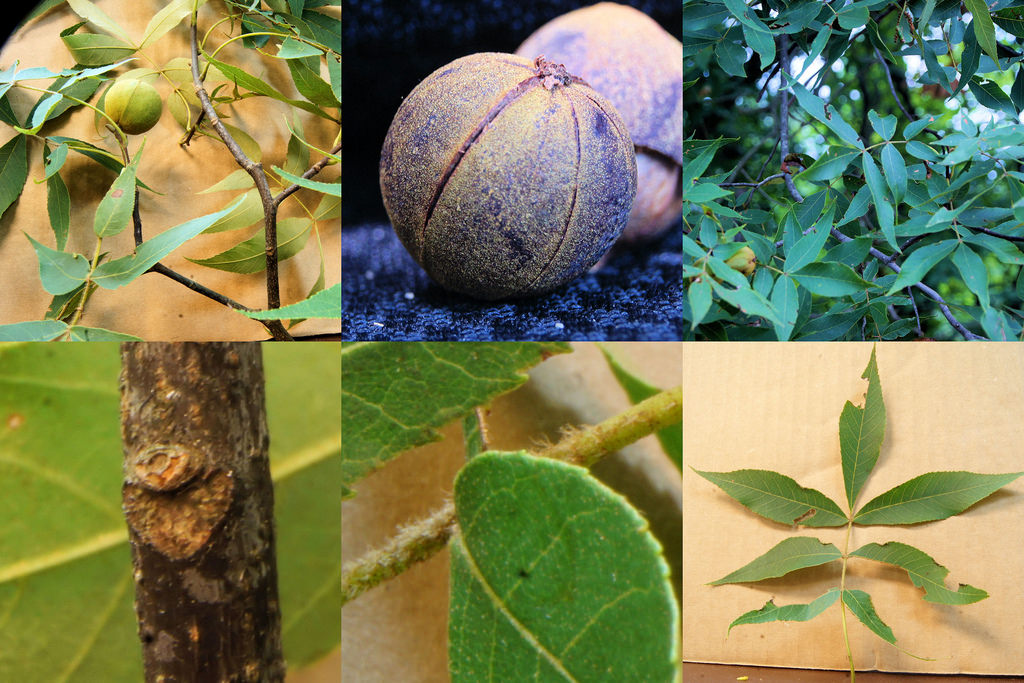Hickory trees are often overshadowed by their more famous counterparts. These are oak and maple trees. The hickory trees quietly thrive in the woodlands and forests of North America.
While they may not be as famous and celebrated as other rees, they hold a unique and valuable place in ecological and human contexts.
From their special role in the environment to what they give us, like wood and tasty nuts, these trees have a lot to offer.
In this blog, we will explore the structure of a hickory tree and learn how hickory trees are indeed significant in various ways in the ecosystem.
Structural Aspects of a Hickory Tree
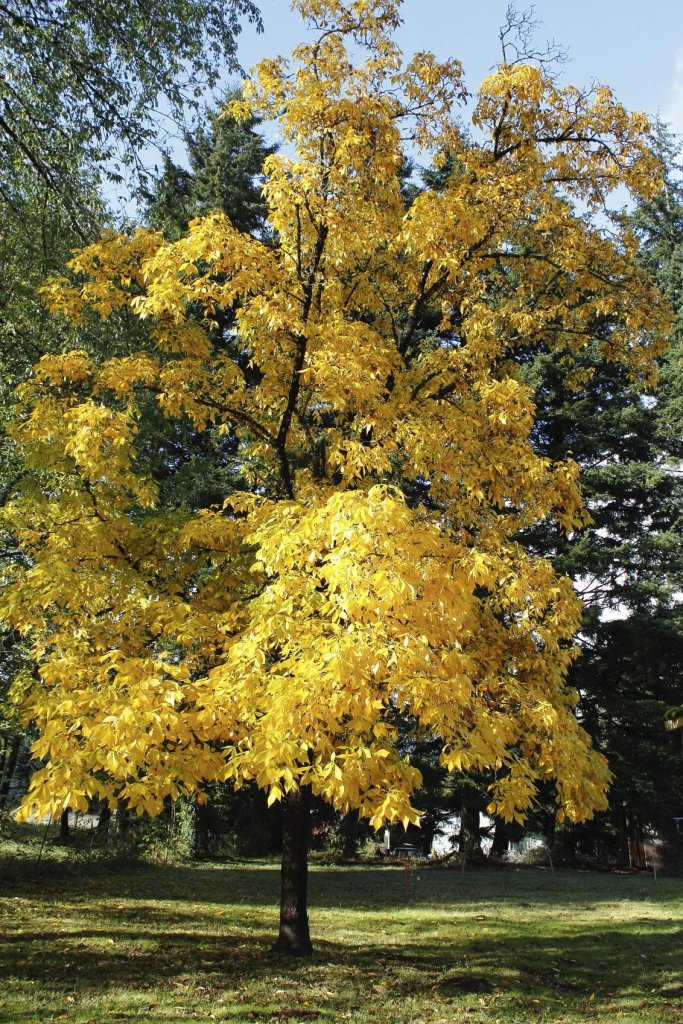
A hickory tree possesses a distinctive appearance that sets it apart from its woodland neighbors. At first glance, one of the most noticeable features is its compound leaves. These leaves consist of multiple leaflets, often arranged in a feather-like formation. The leaflets are typically serrated along their edges, contributing to the hickory’s distinct and slightly feathery foliage. Depending on the hickory species, you will find five to seven leaflets per leaf. As the seasons change, hickory leaves create a vibrant show, transitioning from shades of green to brilliant yellows or reds in the fall, adding a touch of autumnal splendor to the landscape.
They also have distinctive bark characteristics combined with their compound leaves and imposing height. This makes them an easily remarkable, recognizable, and fascinating presence in the natural world.
Economical Value of The Hickory Trees
Hickory trees usually are not very valuable, but there are special cases. Their wood is super strong and long-lasting. This is great for building things like houses or furniture.
Also, the bark can be turned into medicines, and the nuts are edible and good for cooking.
1. Stumpage Value
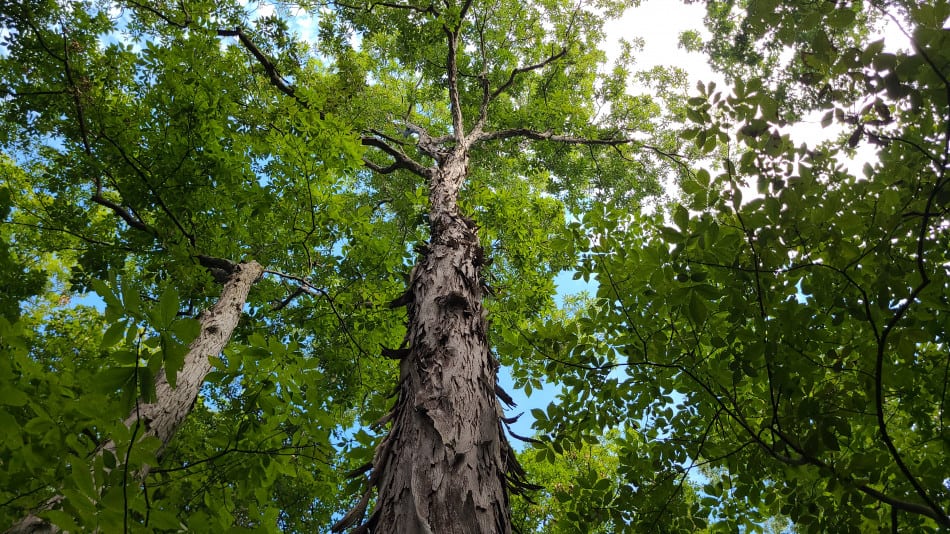
Stumpage value plays a pivotal role in assessing the worth of hickory trees. This term signifies the payment received for the privilege of harvesting timber and often provides the closest estimate of a hickory tree’s genuine value. The amount a landowner can earn from a logger who cuts down hickory trees on their land varies depending on factors like timer quality and location.
2. Value of Log

The prices of hickory logs refer to the money that mills pay to buy logs that have been transported from where they were harvested. These prices are higher in the value chain, so they are more than the stumpage value. However, like the stumpage value, log prices are not fixed. They vary between different mills. To get the best pricing, it is better to get in touch with a sawmill in your local area.
3. Value of Hickory Lumber
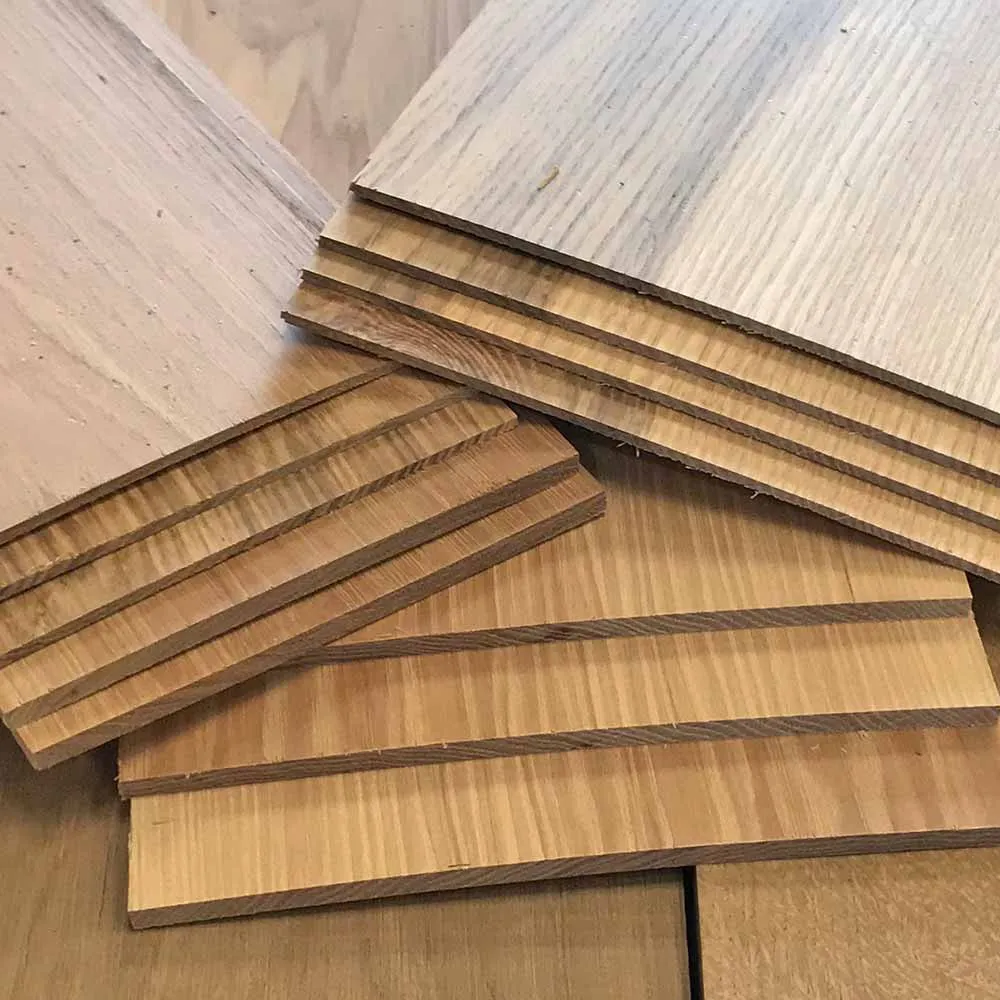
The prices for hickory lumber refer to what consumers pay for processed hickory boards. Turning hickory wood into lumber involves three processes. The processes are- milling, kiln-drying, and then planning. This gives the highest value product and therefore makes it more expensive. Additionally, there are extra expenses related to lumber production, including some processes and the cost of retailing, which can also involve marketing. Lumber sales often have intermediaries, leading to price variations between wholesale and retail. On average, retail prices for hickory lumber hover around $4,500 per thousand board feet (MBF).
The prized timber used in the production of durable goods like furniture contributes to our economy in diverse ways and also ensures its long-term sustainability.
Nutritional Value of The Hickory Trees
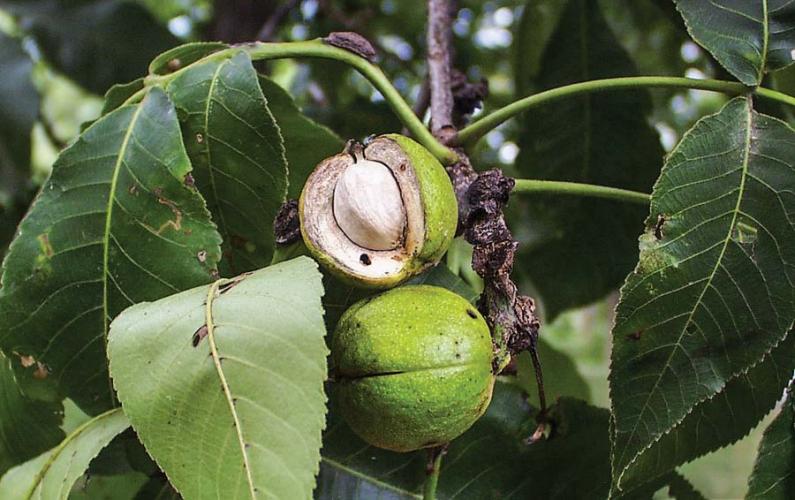
Hickory trees produce a type of nut known as hickory nuts. These are very much edible and have nutritional value.
They are a powerhouse of nutrition as it offers a rich source of healthy fats, protein, and essential minerals.
Here are some of the nutritional value that the hickory trees offer:
- Healthy fats– Hickory nuts are a good source of healthy fats, which are beneficial for heart health and can help lower bad cholesterol.
- Protein– They contain a moderate amount of protein, which is important for muscle development and repair as well as overall body function.
- Dietary Fiber– Hickory nuts provide dietary fiber, which is essential for digestive health. Fiber helps prevent constipation, regulates blood sugar levels, and can contribute to weight management.
- Micronutrients– They are rich in essential minerals such as copper, magnesium, and many more. These minerals play important roles in various bodily functions, including bone health, nerve function, etc.
- Antioxidants– Like many other nuts, hickory nuts contain antioxidants such as Vitamin E and selenium. Antioxidants help protect cells from oxidative damage and may reduce the risk of chronic diseases.
- Vitamins– Hickory nuts contain several B vitamins. These vitamins are involved in energy metabolism and play a crucial role in maintaining healthy skin, eyes, and nervous system.
- Calories– While hickory nuts are calorie-dense, the healthy fats and protein they contain can help keep you feeling full and satisfied, making them a good snack option in moderation.
The nutritional value of the hickory trees can vary based on factors such as tree species and growing conditions. Incorporating hickory nuts into a balanced diet can be a healthy way to enjoy their nutritional benefits.
Conclusion
Trees stand as the most valuable and sustainable assets to our planet. They contribute to our well-being by giving us oxygen, food, etc. All types of trees are valuable, including the Hickory trees. Hickory trees are a favored pick among gardeners and homeowners. This is because of their unique appearance and robustness.
Hickory trees also have a unique and multifaceted value that extends from the forest floor to our kitchen or living rooms and far beyond their aesthetic beauty. The prized wood of the tree serves various industries and crafts along with the nutritional nuts.
These trees foster biodiversity in different ways by supporting diverse wildlife species along with different insects.

